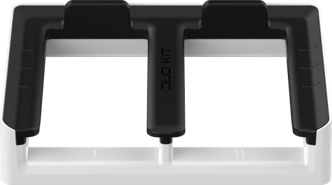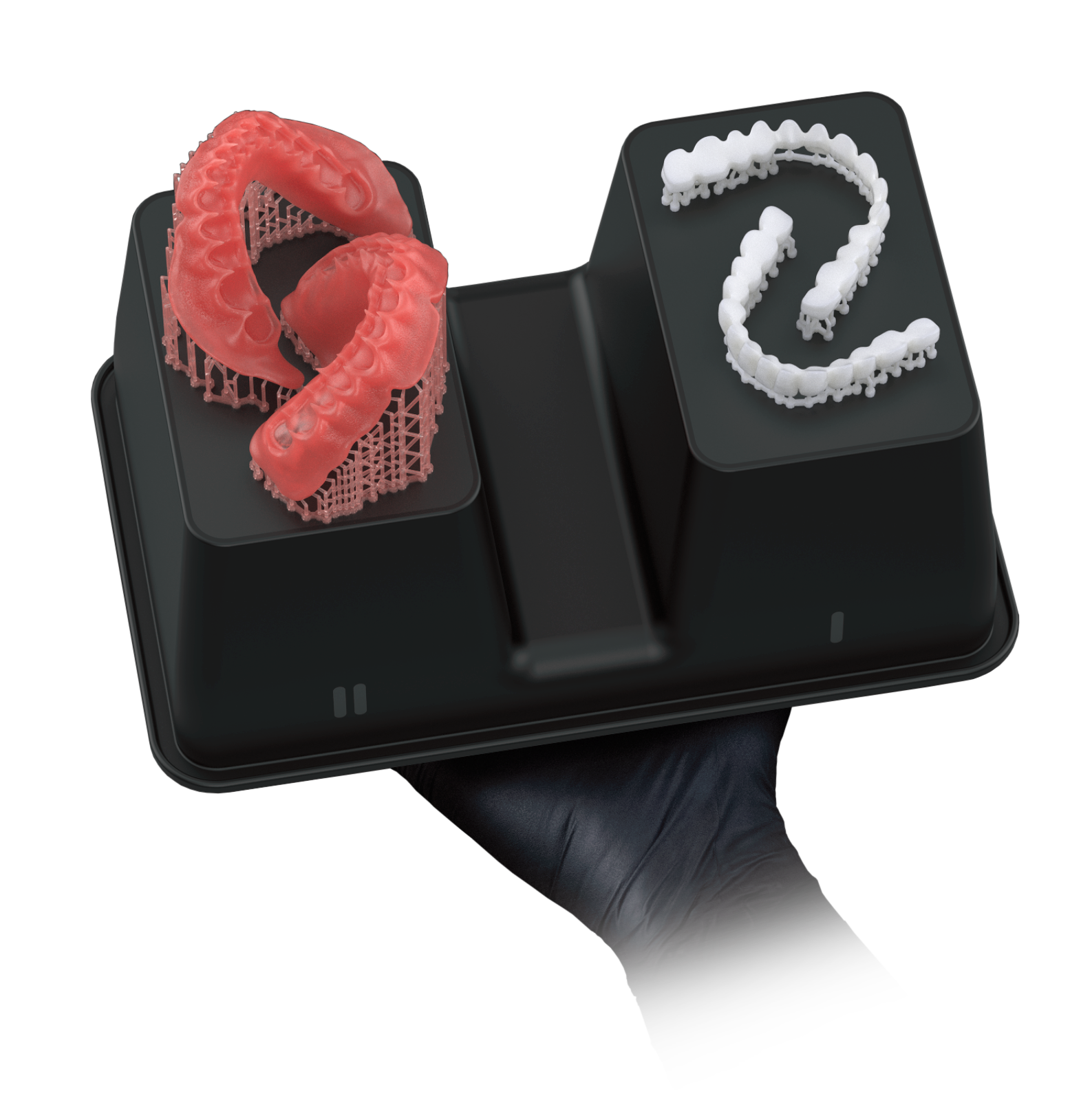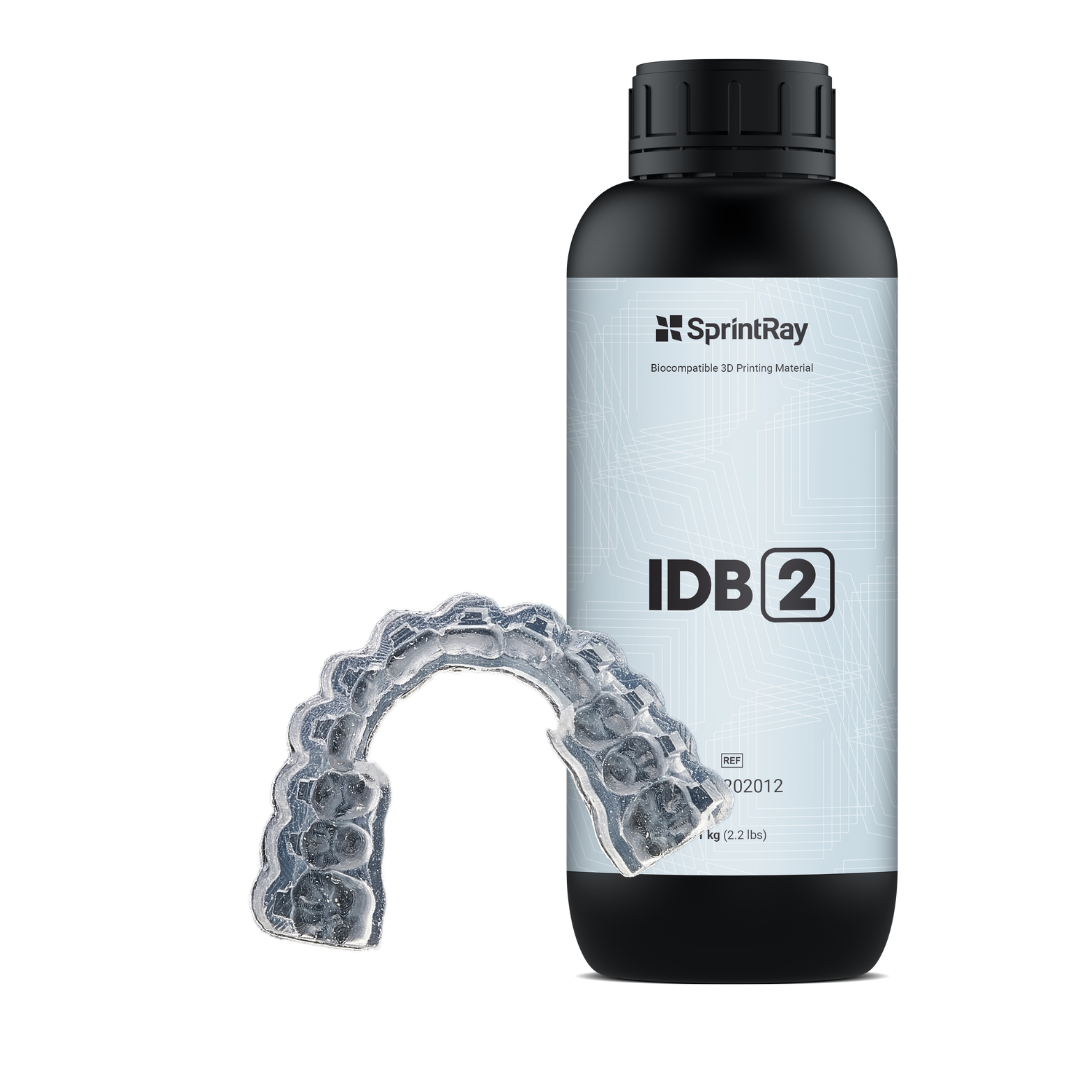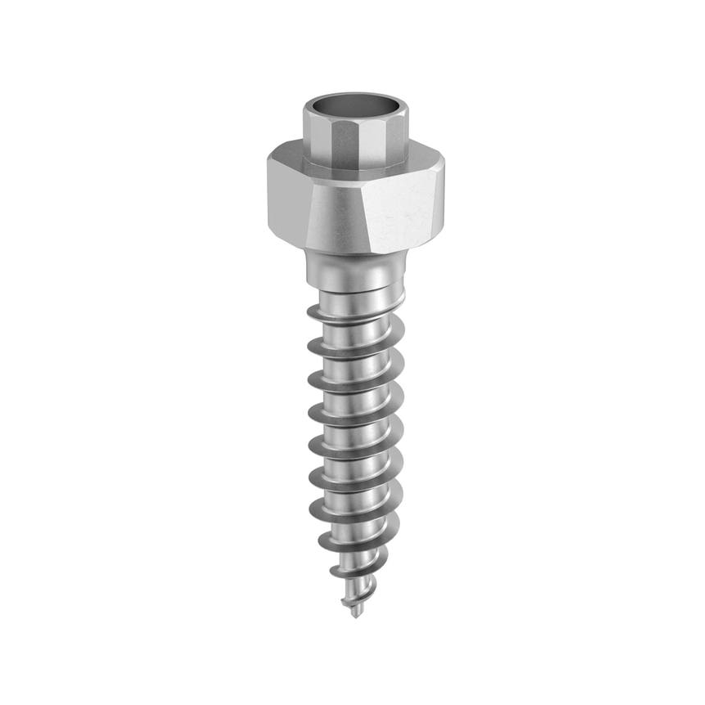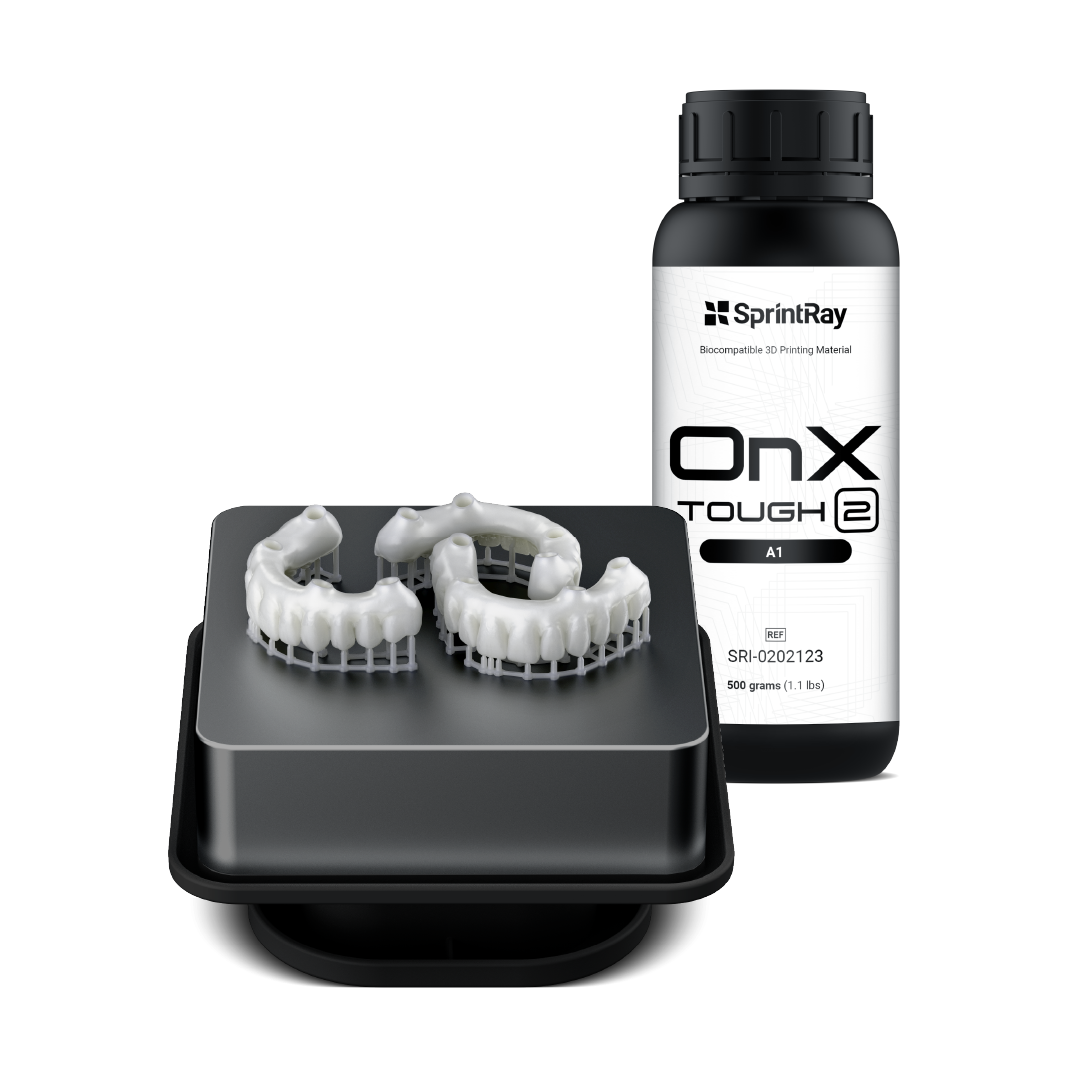Tech Tune-Up
Fabricating a Mouthguard
Eurodontic’s extensive range of Scheu-Dental mouthguard blanks and accessories combine to create strong, protective shields, which are ideally suited to both amateur and professional sportspeople. Different colours and patterns can be combined to create fun, personalised sports mouthguards that will appeal to the younger sportsperson.
The second instalment in our series of Tech Tune ups demonstrates how to use Scheu-Dental products to make a reinforced mouthguard.
Deciding what type of mouthguard to make
Mouthguards tend to fall into 3 categories:
- Single layer mouthguards of 3.0mm+ – suitable for smaller children and offering general protection for recreational sports. Available in BIOPLAST® single colour or multicolour blanks.
- Reinforced Bioplast® XTREME mouthguards or Multi-layered mouthguards for contact sports. Use BIOPLAST® single colour or multicolour blanks 3.0mm or more, with an additional layer of Bioplast Clear 1.0mm-5.0mm 5.0mm. or Bioplast®Xtreme 4.0mm or 5.0mm
- BIOPLAST® XTREME PRO (4.0mm – 5.0mm) – ideal for professional contact sports with expected concentrated hard hits. Layer with DURAN® 0.75mm and BIOPLAST® CLEAR 1.0mm-5.0mm
Designed to work with a SCHEU-DENTAL machine, these blanks will work equally well with any machine that will take a 125mm diameter blank. You can adapt them to suit your patients’ needs and layer them to create different thicknesses.
The following how-to guide relates to the fabrication of a BIOPLAST® EXTREME PRO.
Step 1 – preparing the model
- Apply a thin layer of BIOPLAST® INSULATING AGENT only to those parts of the model that will be covered by the mouthguard
- Trim the model flat and place on the model platform, position the blank with the clear V-shaped part of the material covering the anterior section as desired (e.g. from 3-3), perform the heating and cooling process according to the instructions.
Step 2 – insulating
- Cut off the excess material around the base of the model with scissors or a scalpel, insulate the anterior section with silicone spray.
Step 3 – fabricating a protective insert
- Embed the model vertically in the pellets and heat DURAN® 75 according to the heating and cooling instructions.
Step 4 – shaping the layers and insert
- Using scissors, cut the first layer of BIOPLAST® XTREME to the required shape.
- Cut the DURAN® insert to required shape. Make sure the DURAN® insert is shorter than the BIOPLAST® XTREME, to avoid problems with laminating the second layer.
Step 5 – laminating the final layer
- Use a bur such as a TRI-CUTTER to pierce holes into the BIOPLAST® XTREME both occlusally and interdentally, to avoid air bubbles under the protective insert.
- Clean the BIOPLAST® XTREME with moist tissue paper to remove residue from the silicone spray.
- Place the clean first layer BIOPLAST® XTREME back on to the model and position the protective DURAN® insert over it.
- Heat and cool the final BIOPLAST® 2.0 mm layer according to the instructions.
- Cut off the excess BIOPLAST® 2.0 mm material of around the base of the model with scissors or a scalpel.
Step 6 – creating indentations from the antagonist model
- Prepare the antagonist model by coating the tips of the teeth with BIOPLAST® INSULATING AGENT, to avoid plaster residue.
- Heat the occlusal surfaces under the infrared heater, using the heating support with the pressure chamber closed, but not locked.
- Then put the models in articulation to create counter bite. Allow to cool and remove.
Step 7 – finishing
- Use scissors or a scalpel to cut the second layer to size. Soften the square edges with BIOPERM trimmer and polish with DIMO®PRO or OSAMU POLISHER at a slow RPM.
HINTS AND TIPS
- When heating the blanks, ensure the writing is face up.
- All the products and accessories used in this guide are available to order online.
RECOMMENDED PRODUCTS
Soft, pliable, rubber-like, transparent material. Does not bond to acrylic.
Soft, pliable material, ideal for fabricating colourful mouthguards and positioners. Does not bond to acrylic.
Ideal for creating strong, reinforced mouth guards. The hard, V-shaped layer provides additional protection in the anterior region.
Soft, pliable material, perfect for making fun, multi-coloured mouthguards and positioners. Does not bond to acrylic.
Insulation for plaster models when using BIOPLAST® materials for fabricating positioners and mouthguards. Provides absolute transparency and smooth inner surfaces.
Hard-elastic transparent material, bonds to acrylic. No pre-drying required.
For trimming of soft-elastic and compound material. Pkt of 2.
For embedding models in pressure moulding machines. Thanks to the highly polished finish and cylindrical shape, the models are securely positioned.
For finishing and polishing of soft-elastic and compound material.
Trimming wheel made of special elastomer with fine, fibrous structure. Extremely long working time, with mandrel.
Robust and durable scissors for cutting splints or inserting cuts into splints after pressurising.
These scissors are made from a high quality autoclavable stainless steel alloy. For better handling, scissors are curved laterally and micro serration prevents slipping.
Can be attached directly to the heater when fabricating positioners and mouthguards, providing the optimum distance between model and heater when heating the occlusal surfaces, and for compound of the upper and lower splint.
Fine, triangular bur for interdental finishing.











